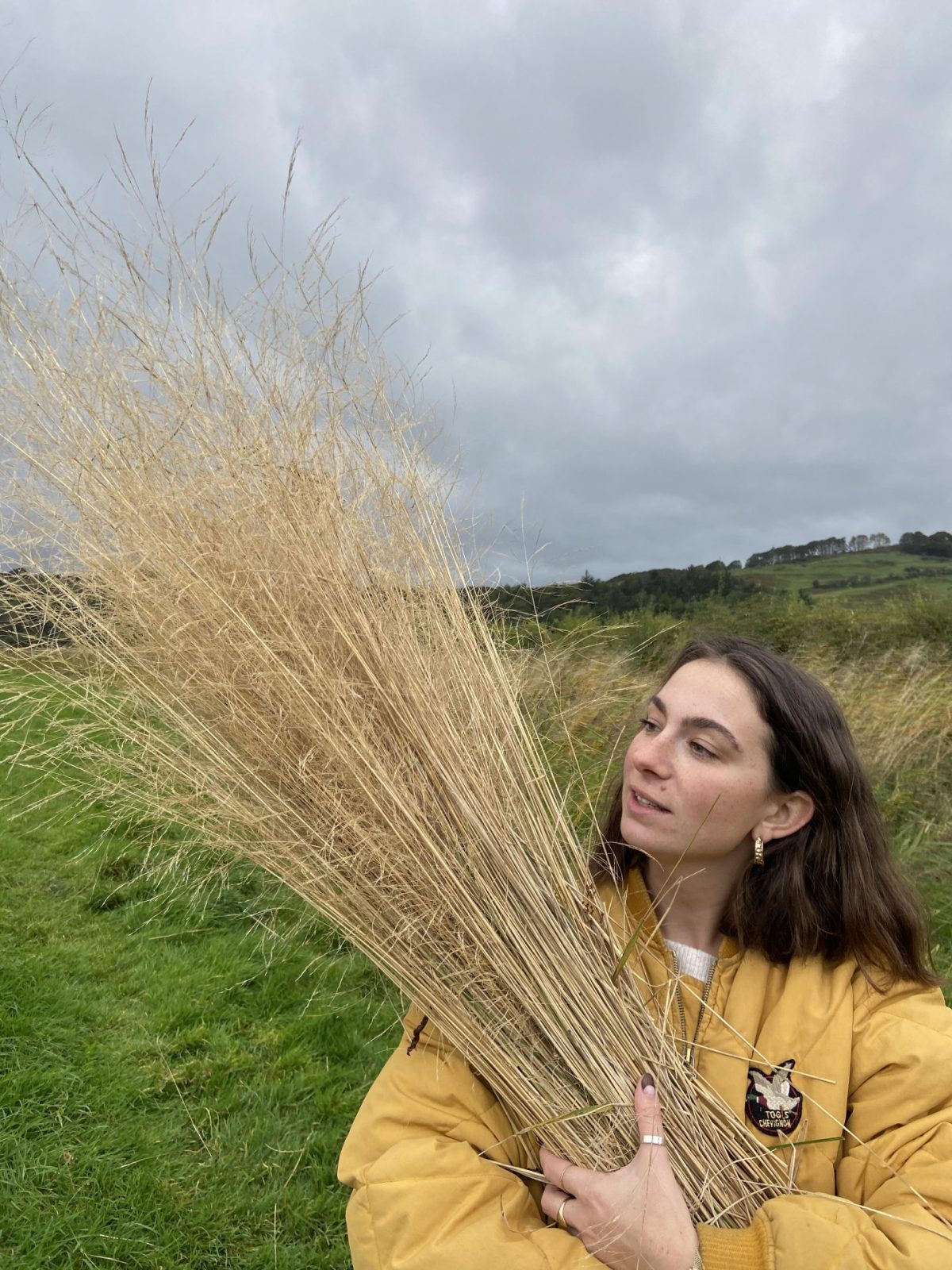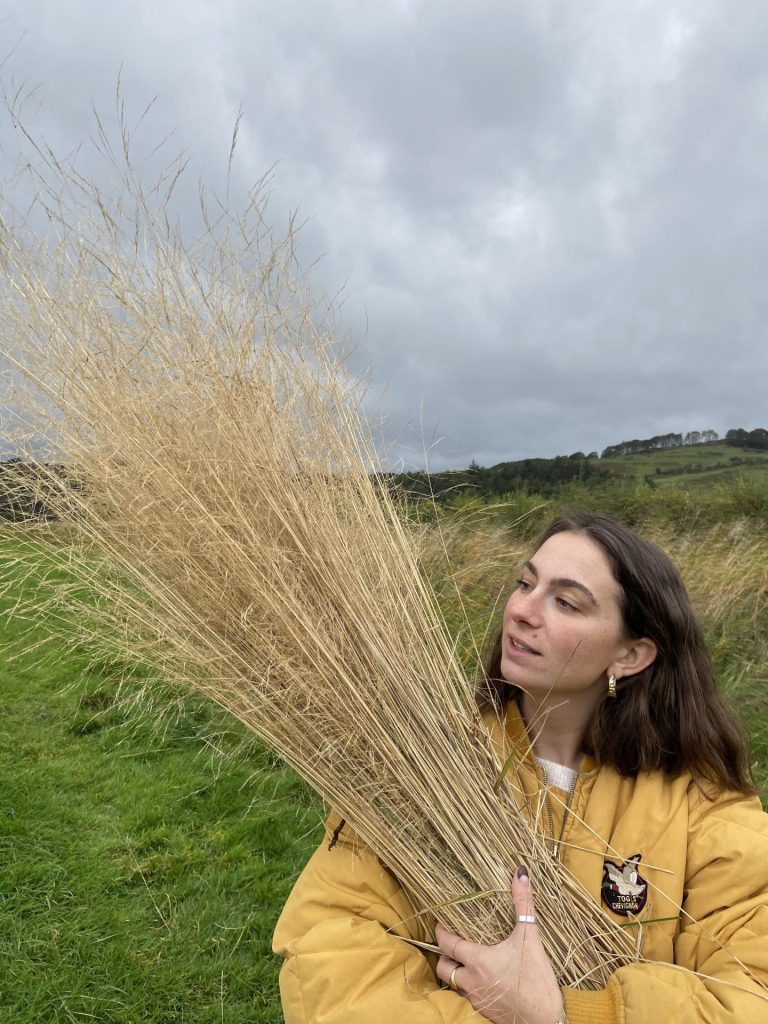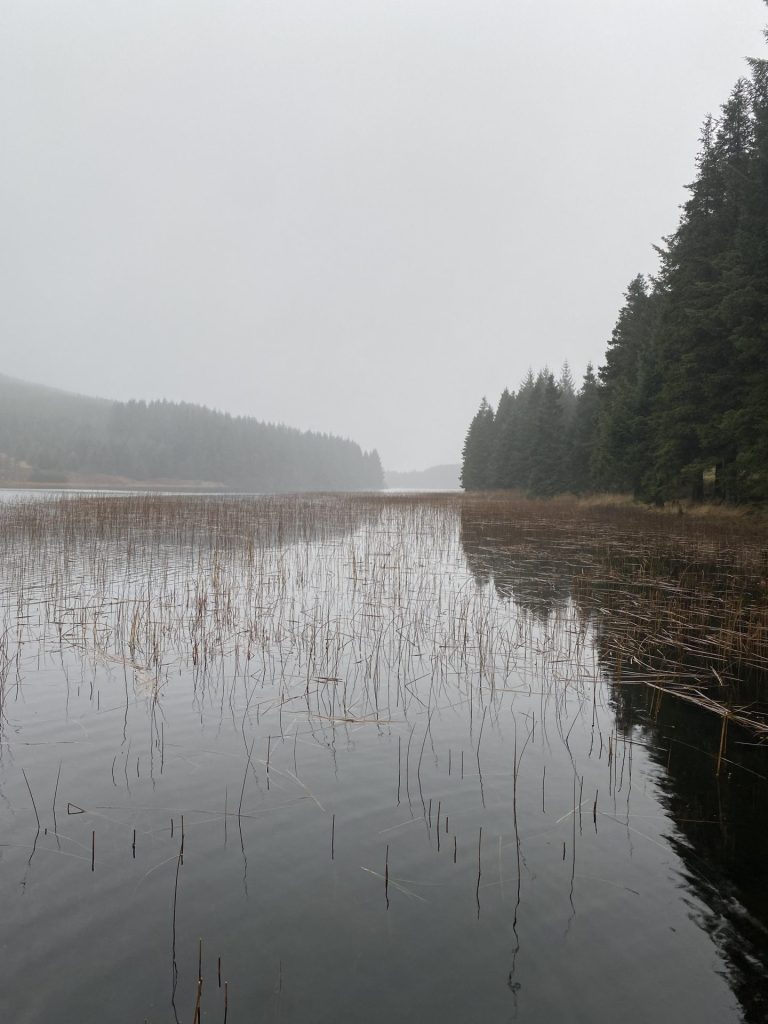By Rachel Shnapp
This past weekend, I found myself having lunch with a friend and a stranger. The friend, similarly to myself, is a filmmaker and facilitator of creative activities for young people in rural communities. The stranger, also a filmmaker and facilitator of both creative and career opportunities for young people, works in the South of Scotland, like my friend and myself (as I did up until recently).
The conversation over lunch meandered from our individual film practices, desires and influences, to creative opportunities for young people in the South of Scotland, and in rural Scotland more generally, to the role of arts organisations in tackling, or at least contributing to, the social issues that are so frequently found in rural spaces, and what responsibility art practitioners have to help.
These are questions that, over the past year, have seeped into the conversations I have had with colleagues, mentors, and friends. Whilst programming events for young people, my team and I very quickly learned that the creative output really is not the goal of this work. What the goal is, though, is a very big question. More than that, it has hugely wide scoping answers. I’ll hazard a guess in saying that some of the aims are to create an environment for young people to explore their own creative practice, to experiment with the arts in various media, to have stimulating conversations with other people that may push the parameters of their perception of the world. But, of course, it’s a lot more than that. What some young people in rural communities lack is not simply the ability to create artworks, but safe spaces in which they can explore, grow and experiment. Where they can spend the long winter nights with friends out of the cold and the wind. Where they can be around people who will accept and support them for who they are, inclusive of any and all traits and qualities.
Of course, there is the need for young people to simply gather with others to creatively make and explore, but as it is said again and again, no art exists in a vacuum, nor does the creative facilitation that works on in the background behind the art. Young people also need all the things that society is not yet providing them with, and, whether it’s right or not, if some of that support comes from the creative community, then is that really such a bad thing? At least in that case, it’s coming from somewhere. Instead of shying away from the reality that arts organisations and practitioners have been and still are relied on to do developmental work, they should lean into it, finding organisational partners with the relevant expertise with whom they can mutually support each other to make change.
I was having lunch with my friend and a stranger, and once I’d left the café, I realised the conversation we had was one that, a year ago, I wouldn’t have been able to contribute to at all. I would have sat at the table shocked at these people’s’ knowledge of the rural art scene, the social issues being faced in rural Scotland, and their intersection. It’s easy to forget what we’ve learned once we’ve learned it. One year on since beginning Creative Spaces, I’ve learned more than I could have imagined about creative production, creative youth work, and the arts in rural spaces. I’ve learned more than I could have imagined about what it is to be a young person today in rural Scotland, independent of my own experience, and I’ve learned that being a creative practitioner (whether you identify as an artist or not), is rarely just about you and your work. As I said, we don’t create in a vacuum, we create in a world, a world that’s sadly riddled with social injustices. I think that if we can all play our part in seeing that world become a little bit safer for even a few people, then the world would be a better place altogether.
To me, good art is that which comes as close to the truth as possible.
It’s hard to ignore the truth when you’re looking right at it, and the truth is that Scotland, particularly its rural regions, have a lot of social issues that aren’t being addressed. I may not have a complete answer to the question I have posed, but I’m proud to be part of the conversation.



